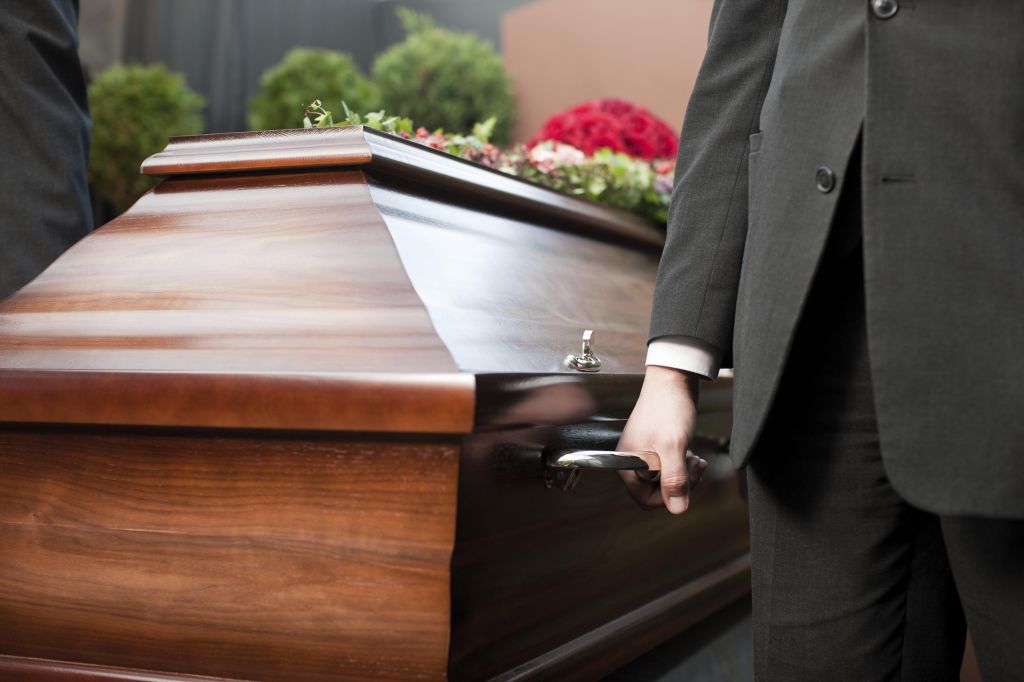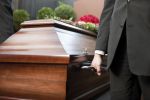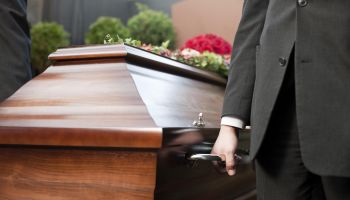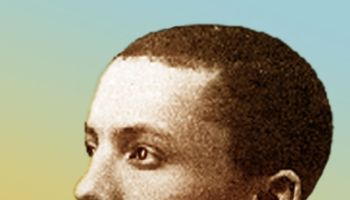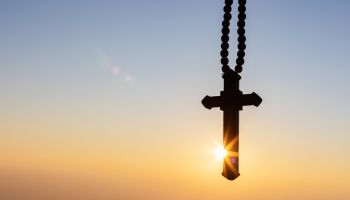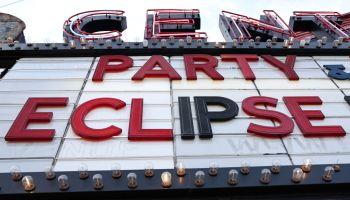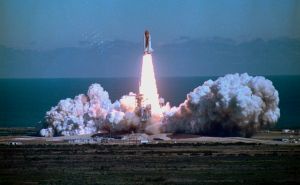
Source: Bettmann / Getty
His name is Frederick Gregory; and he is a Washington, D.C. native. Early in life his father would take him to air shows at Andrews Air Force Base outside of his hometown – Andrews is where Air Force One is housed and taken care of.
His parents always encouraged him. They once told him to do something tomorrow that was impossible to do yesterday, so he was always looking for a challenge.
Gregory excelled in grade school and graduated from the Air Force Academy in 1964.
As a youngster, He sat in the front seat of an airplane piloted by Gen. Ben Davis of the Tuskegee Airmen. It was that moment that changed his life.
He was always amazed at the view from Space – seeing weather events that can only be seen from Space.
These days, Frederick Gregory lives in Annapolis and spends time traveling across the country speaking to classrooms about his journey from earth to space – and from a dream to the First Black Space Shuttle Pilot.
Doing what he’s doing – he says he still traveling 17,500 miles per hour.
